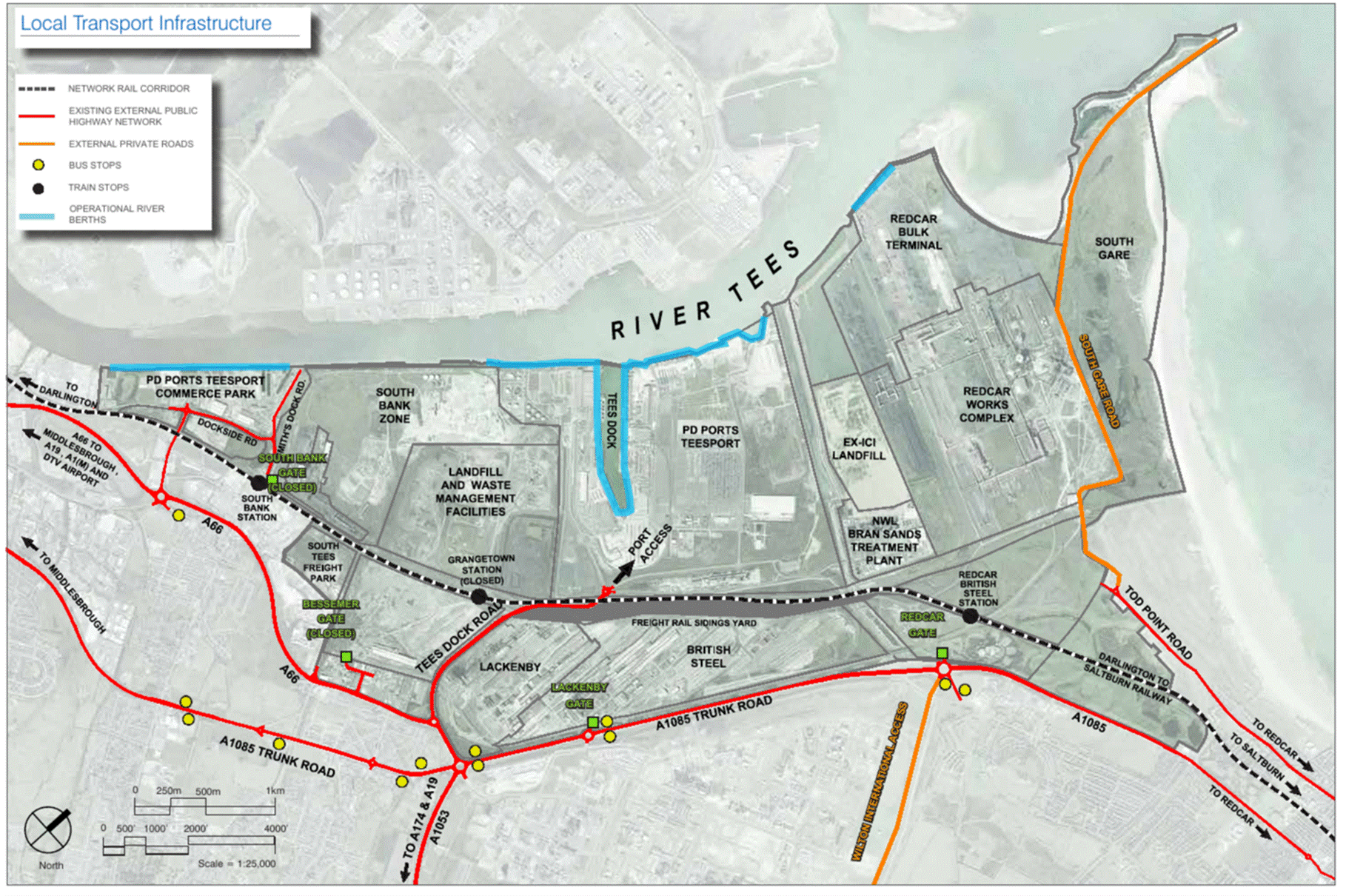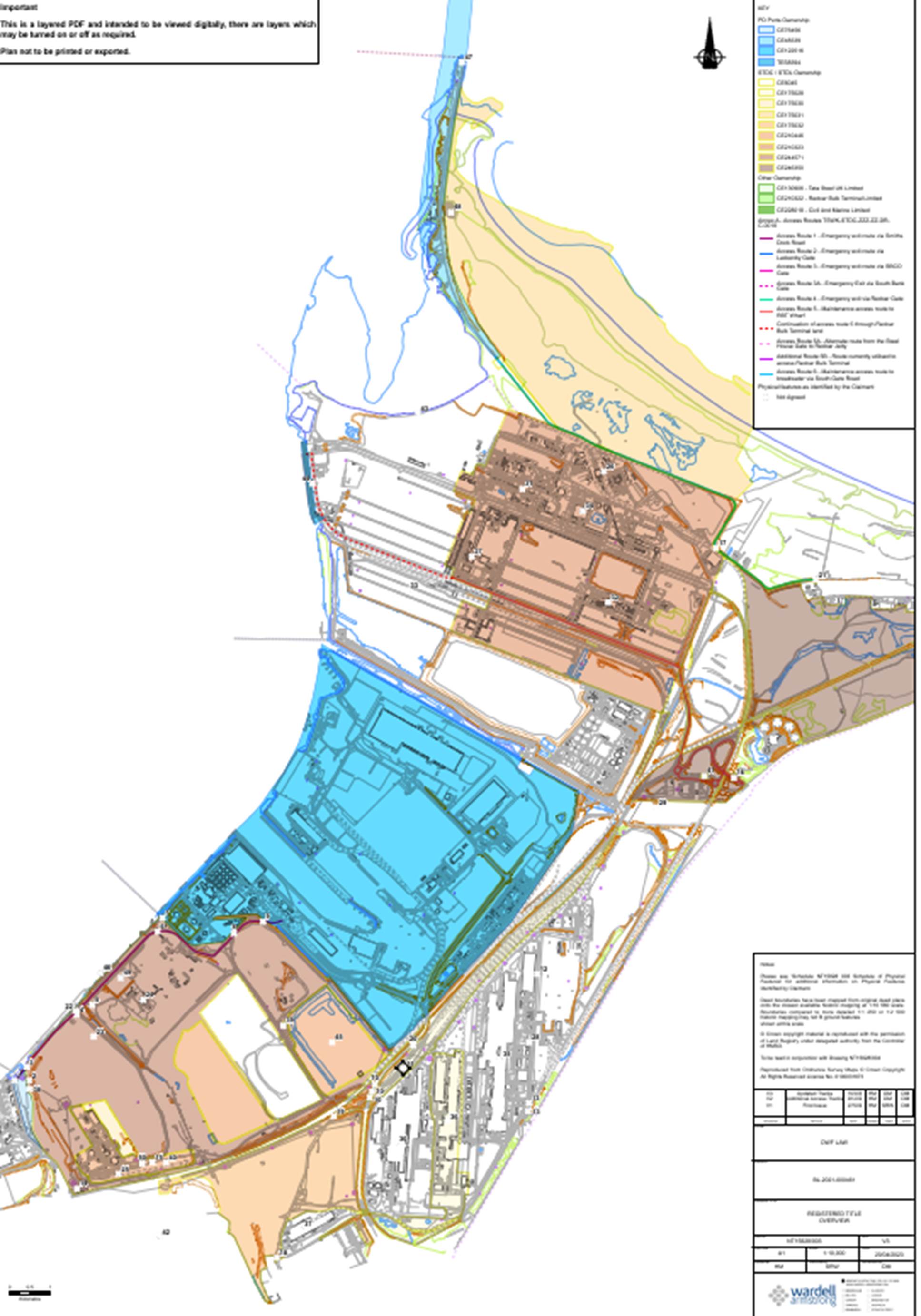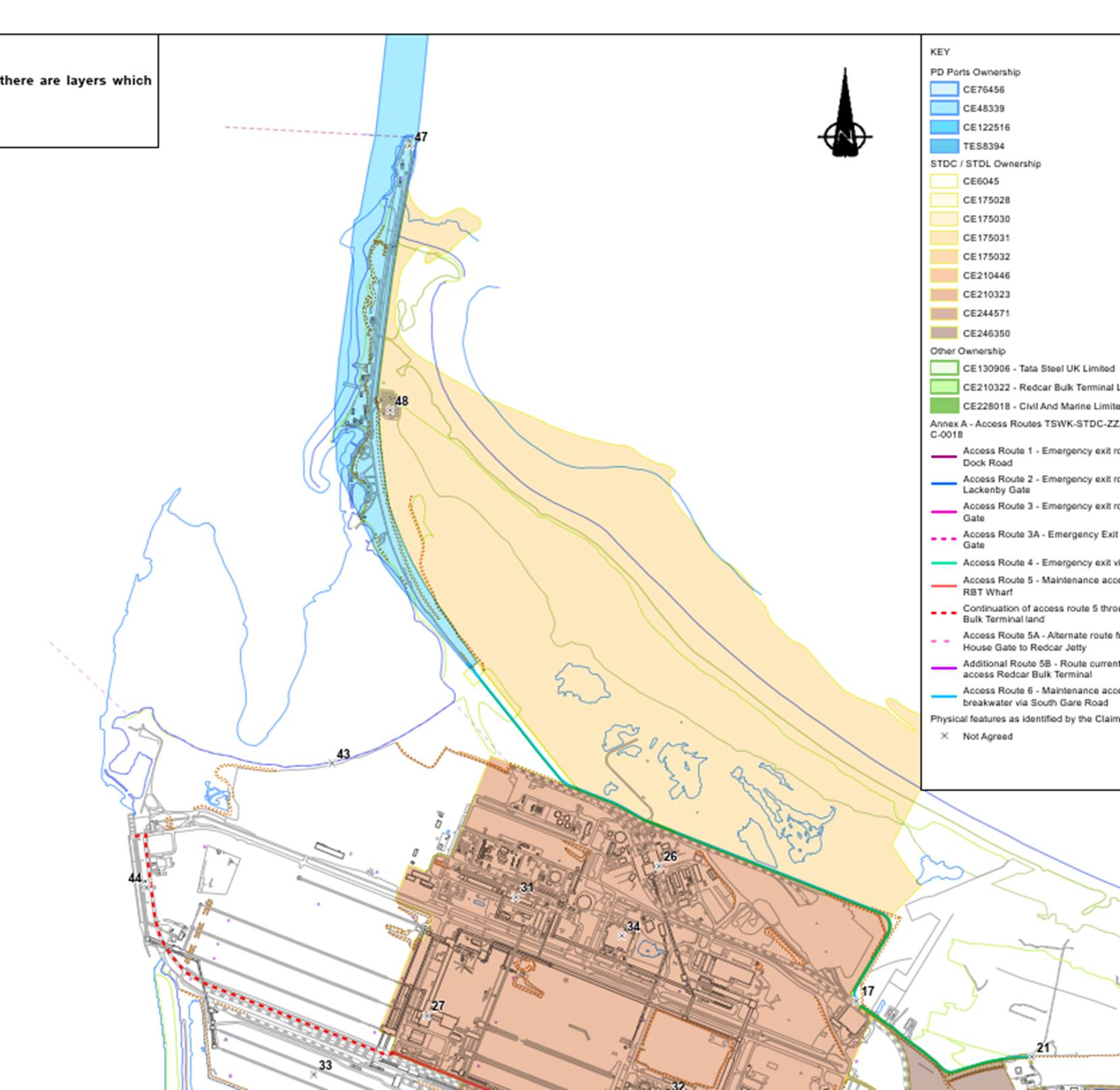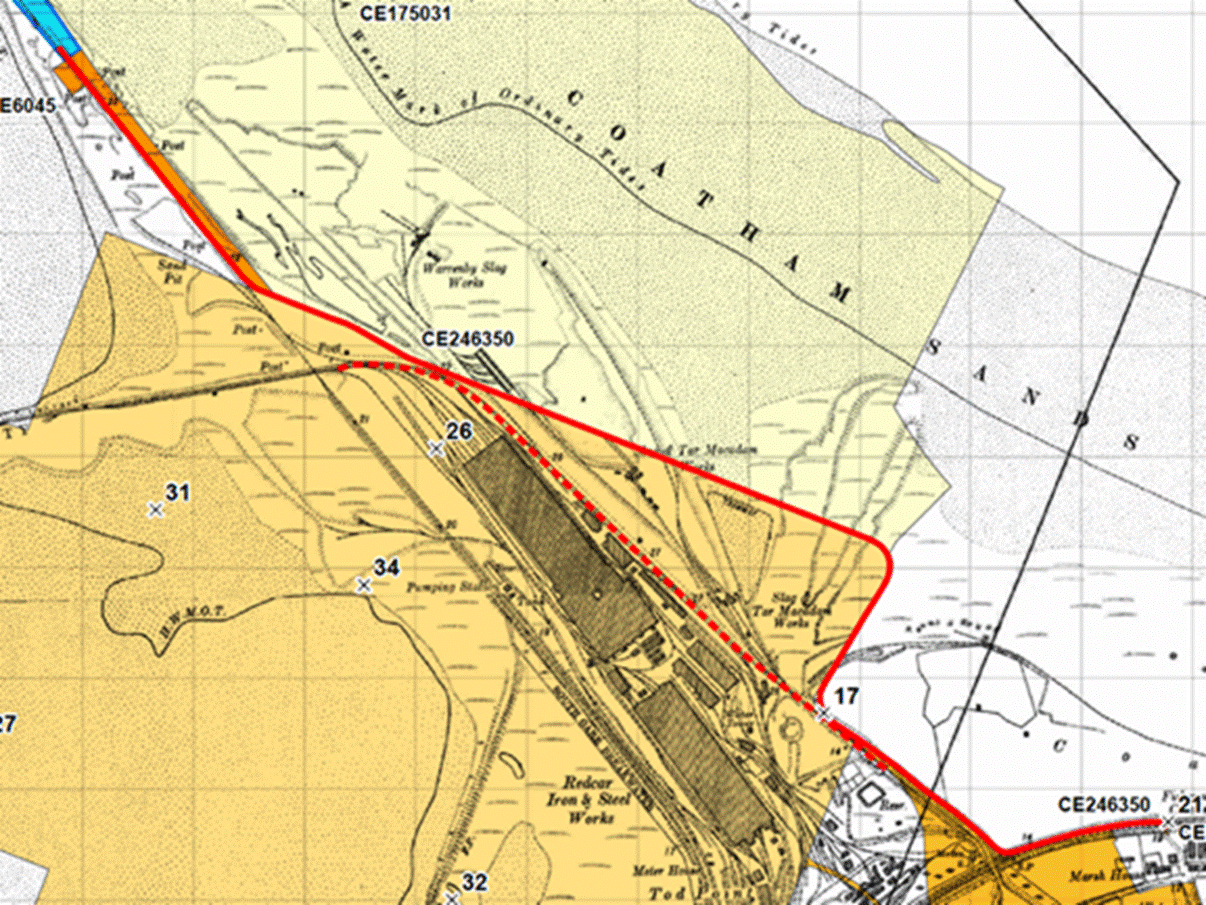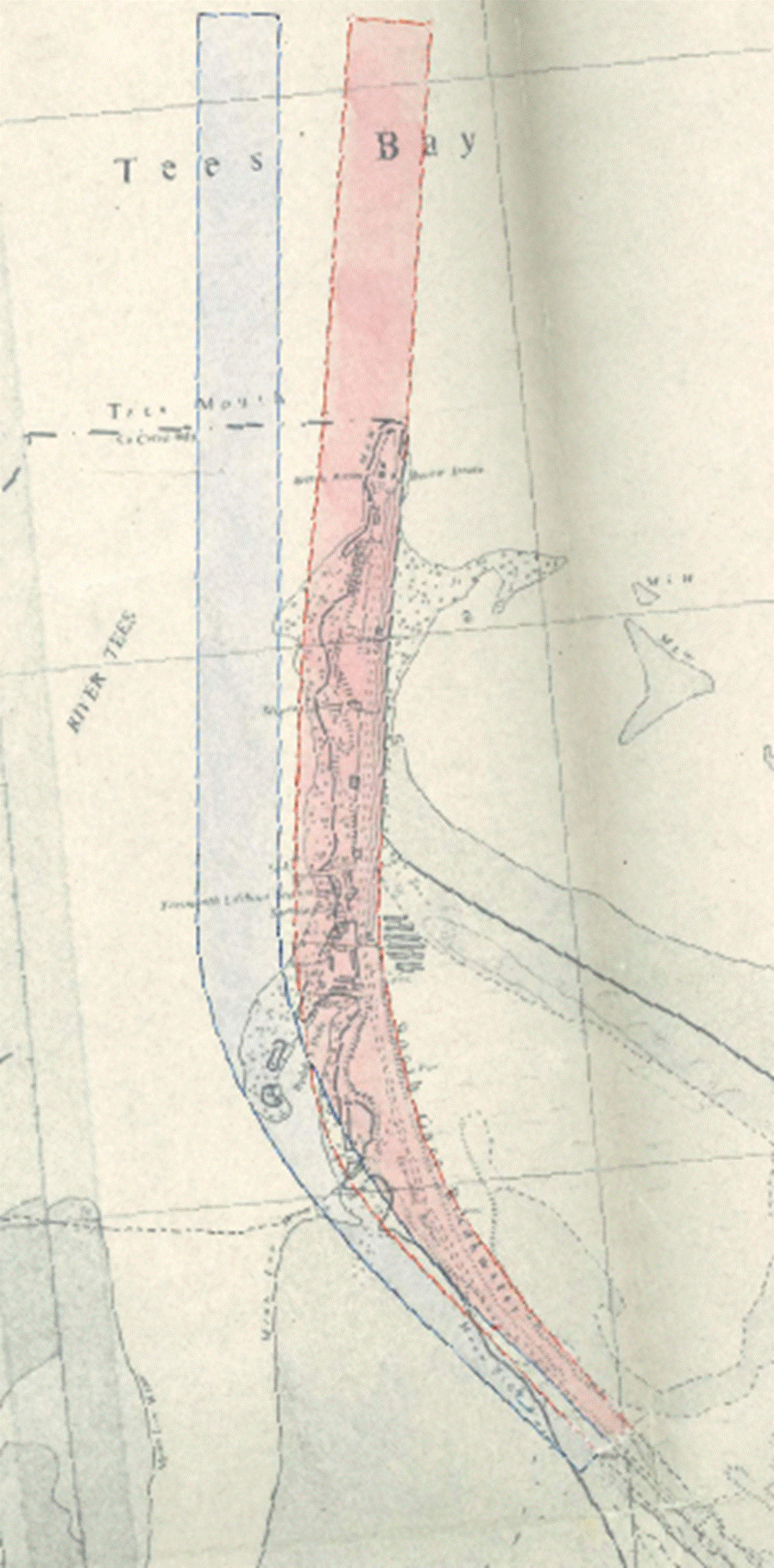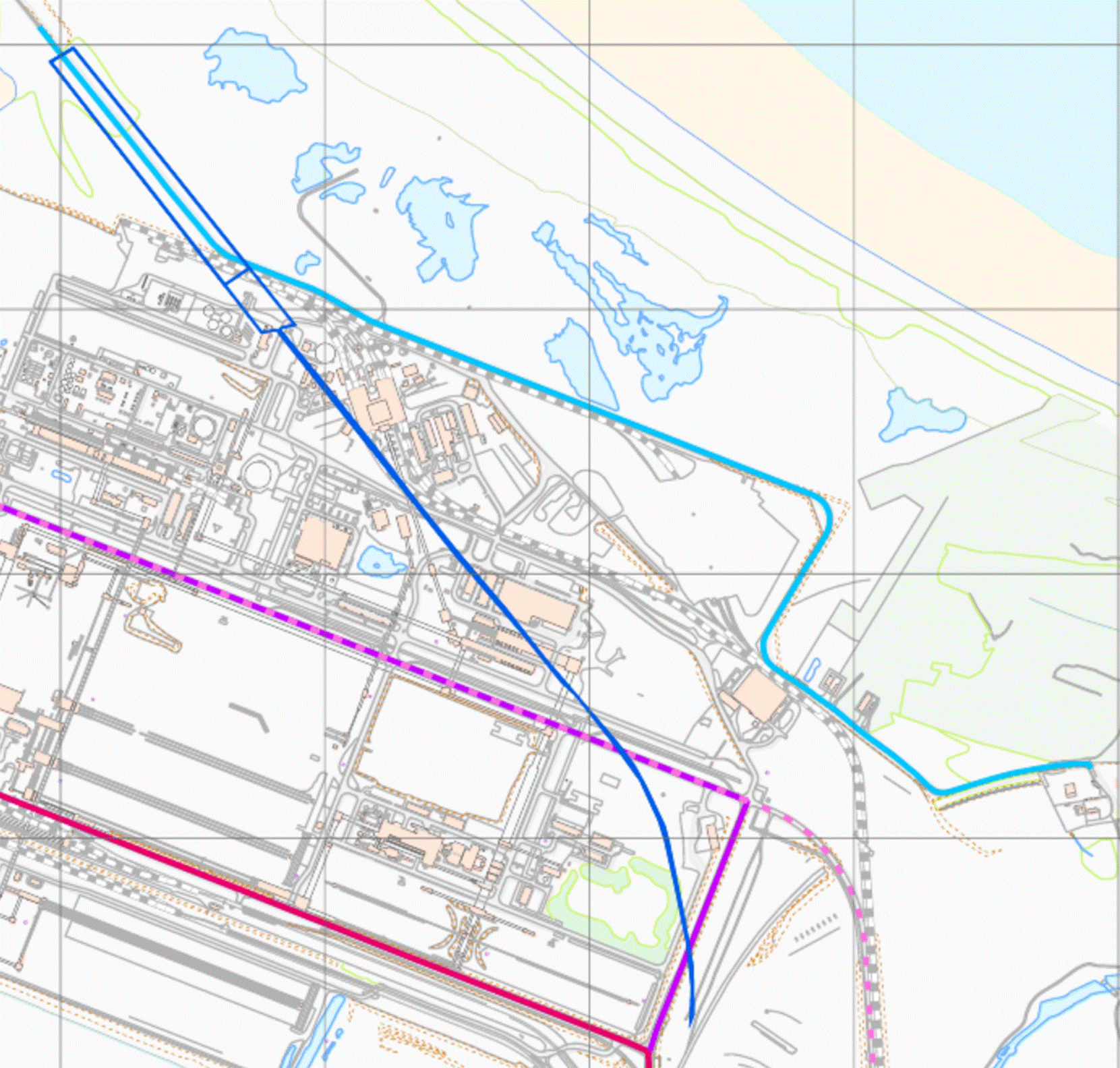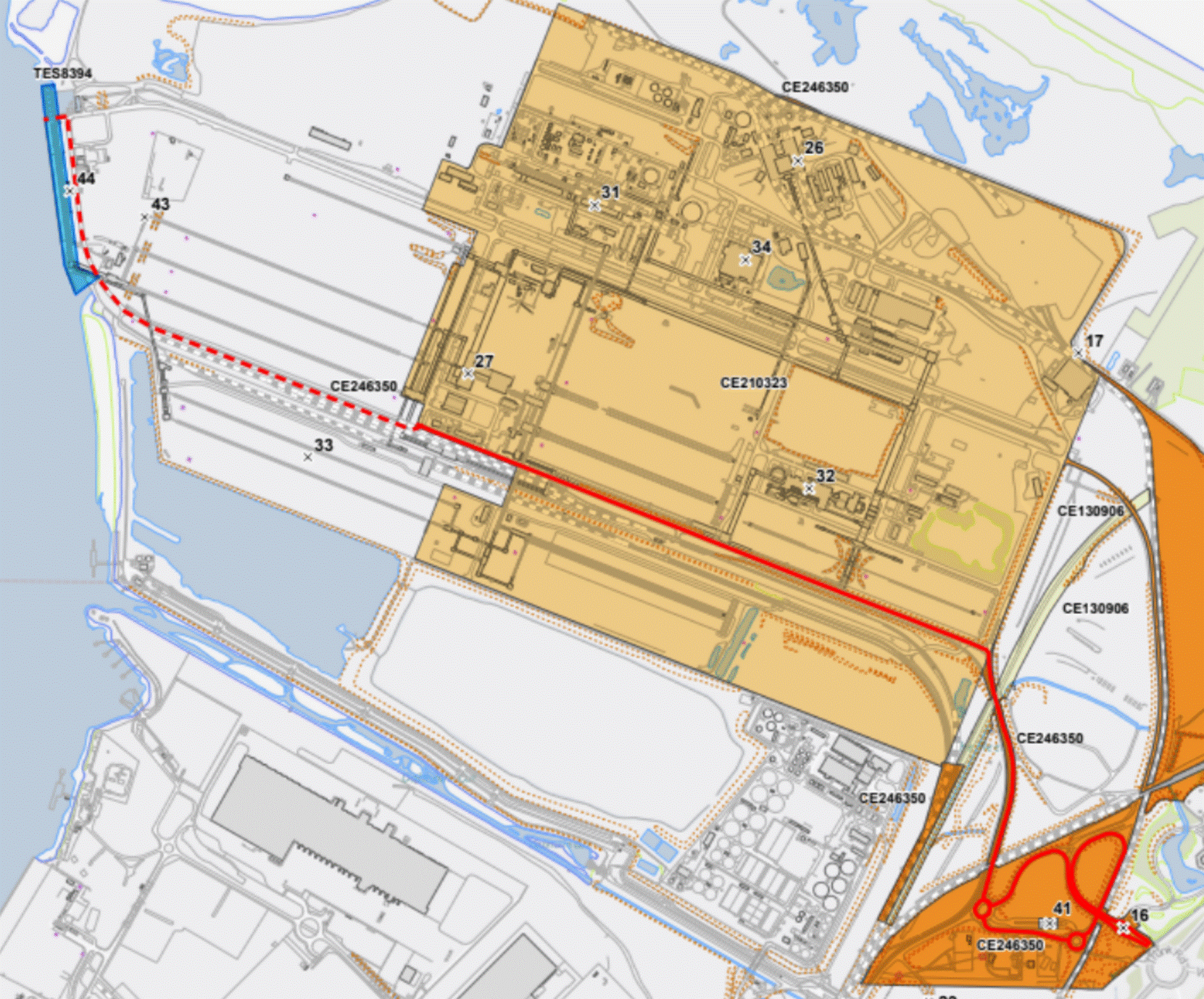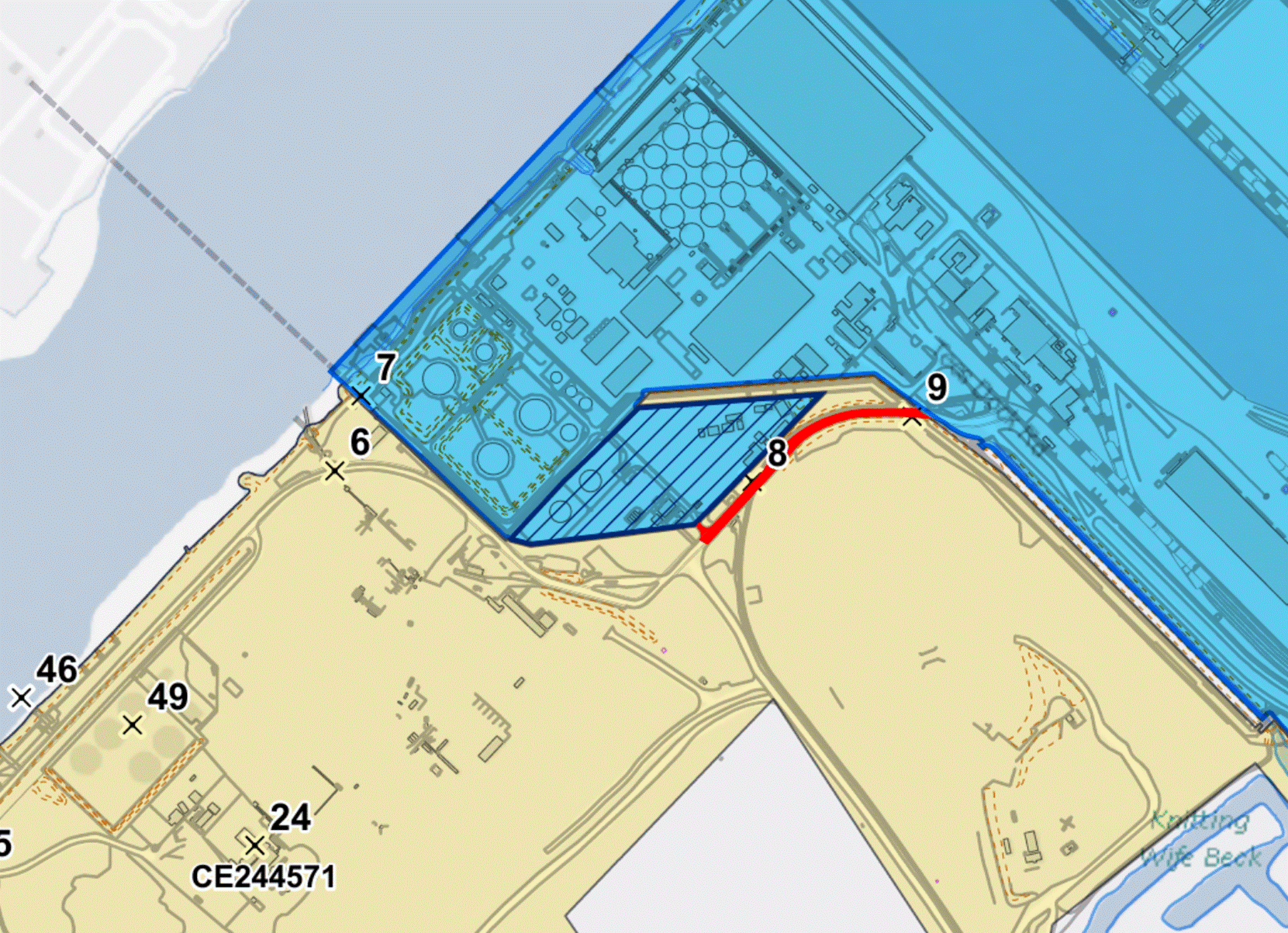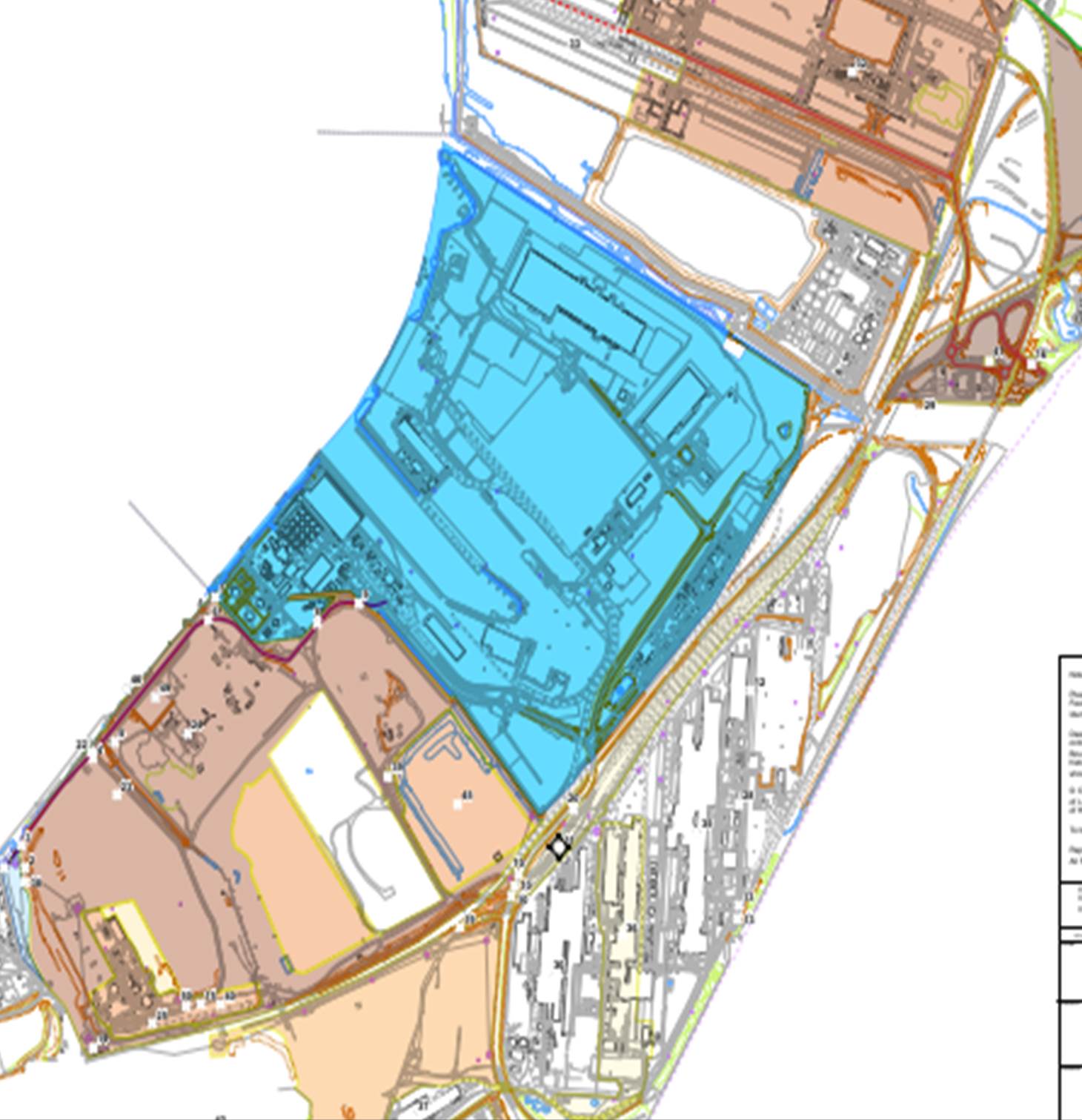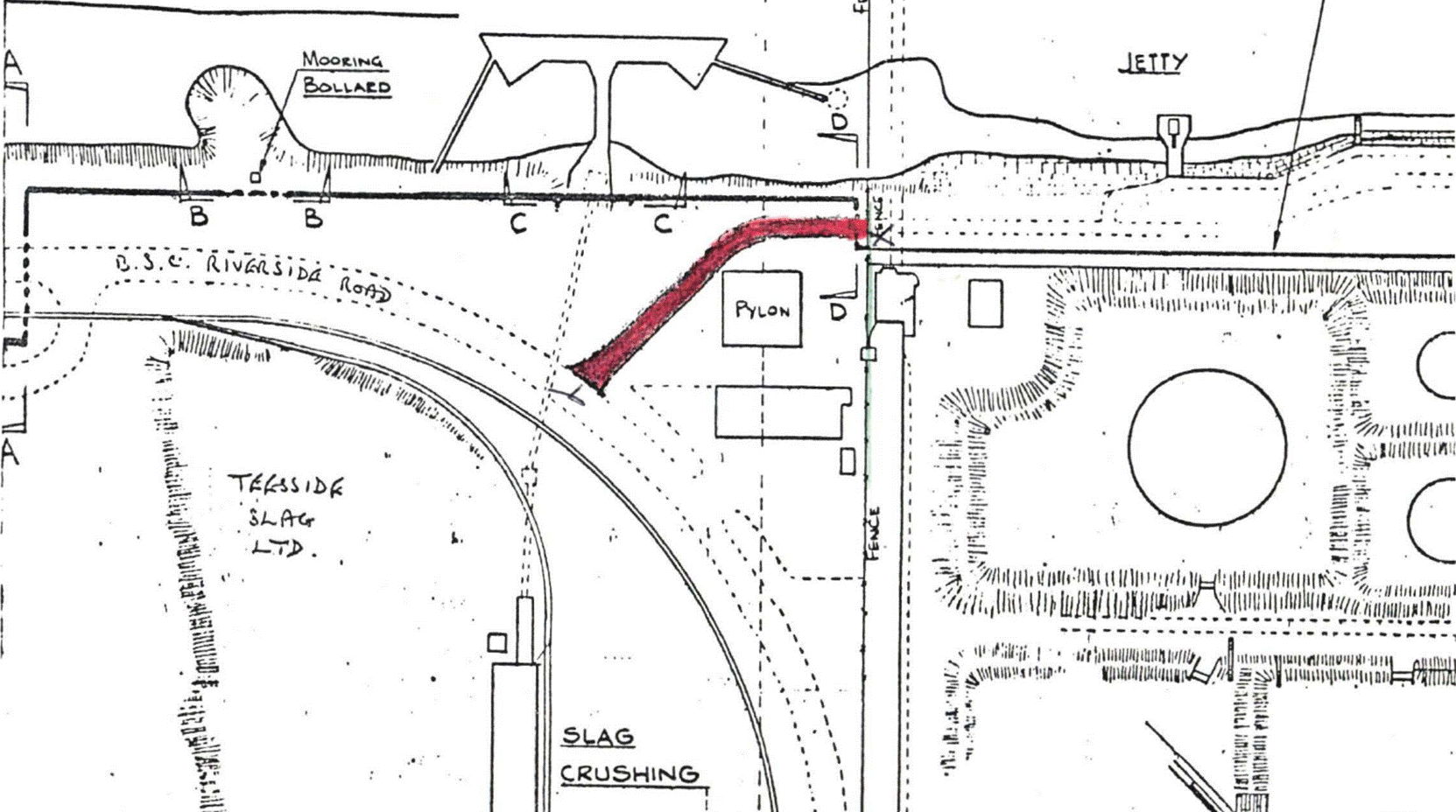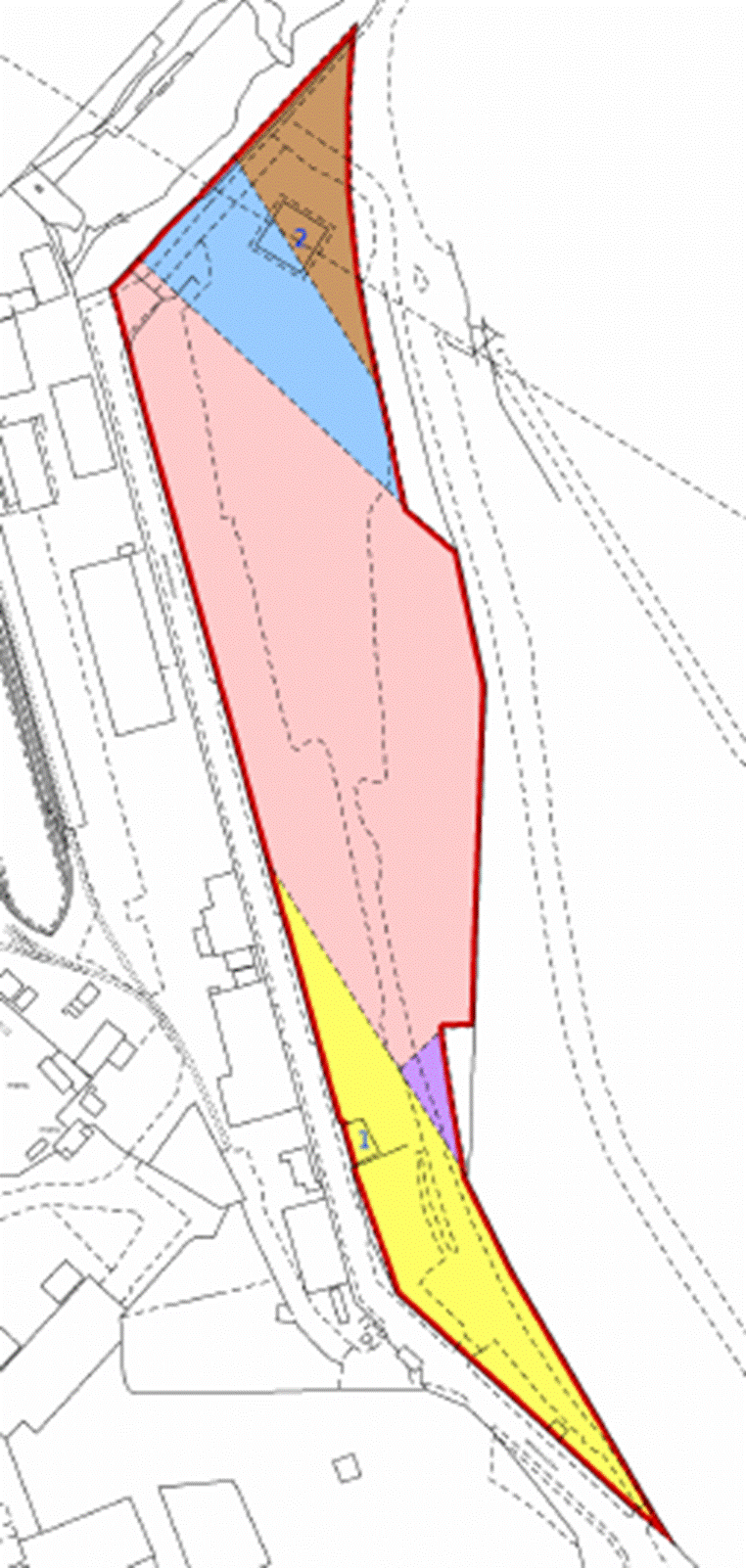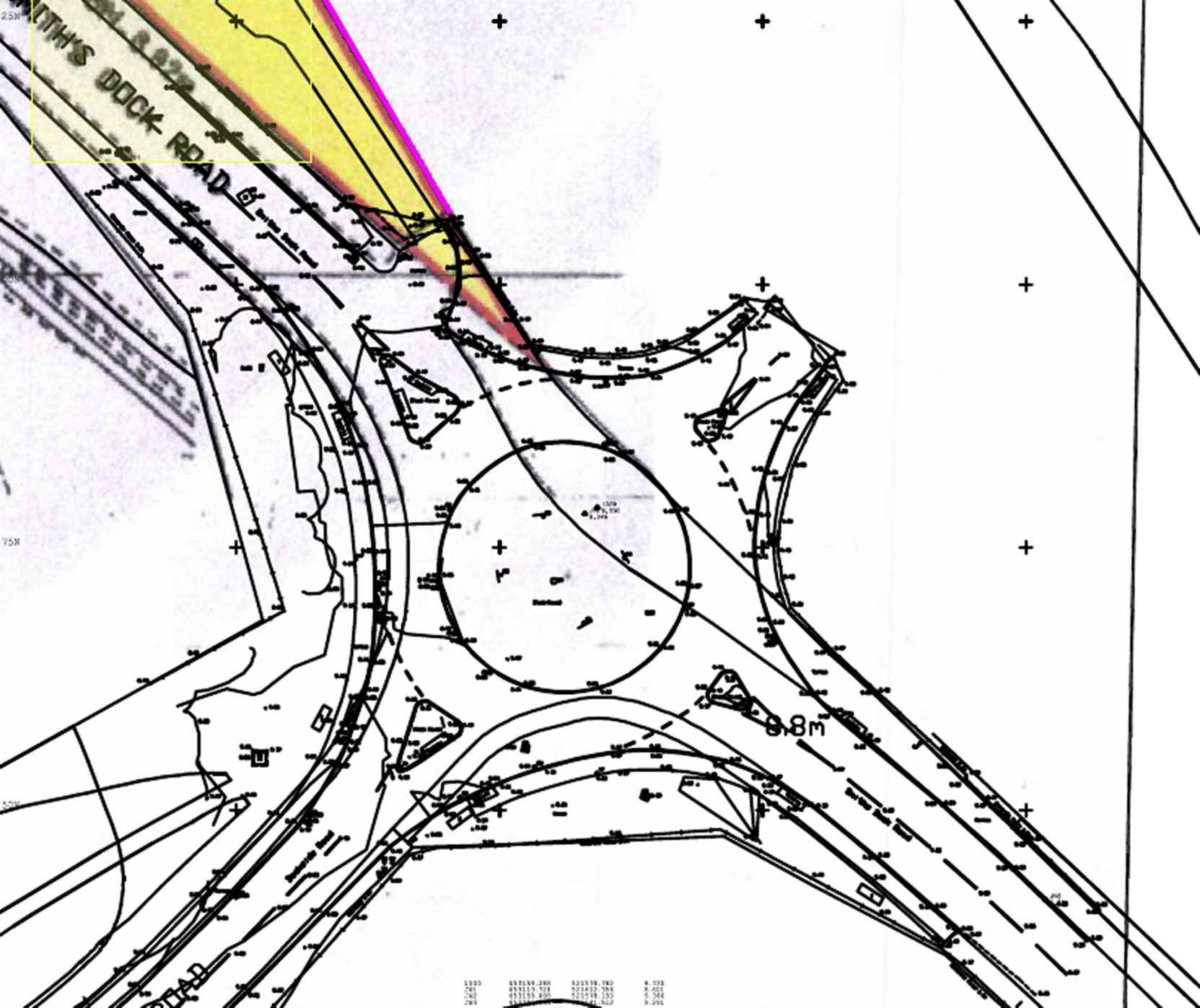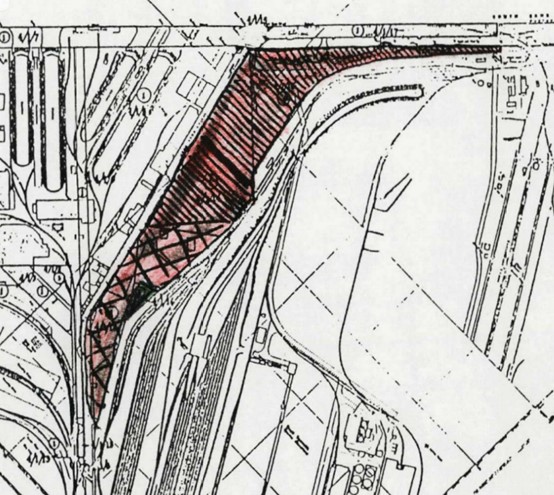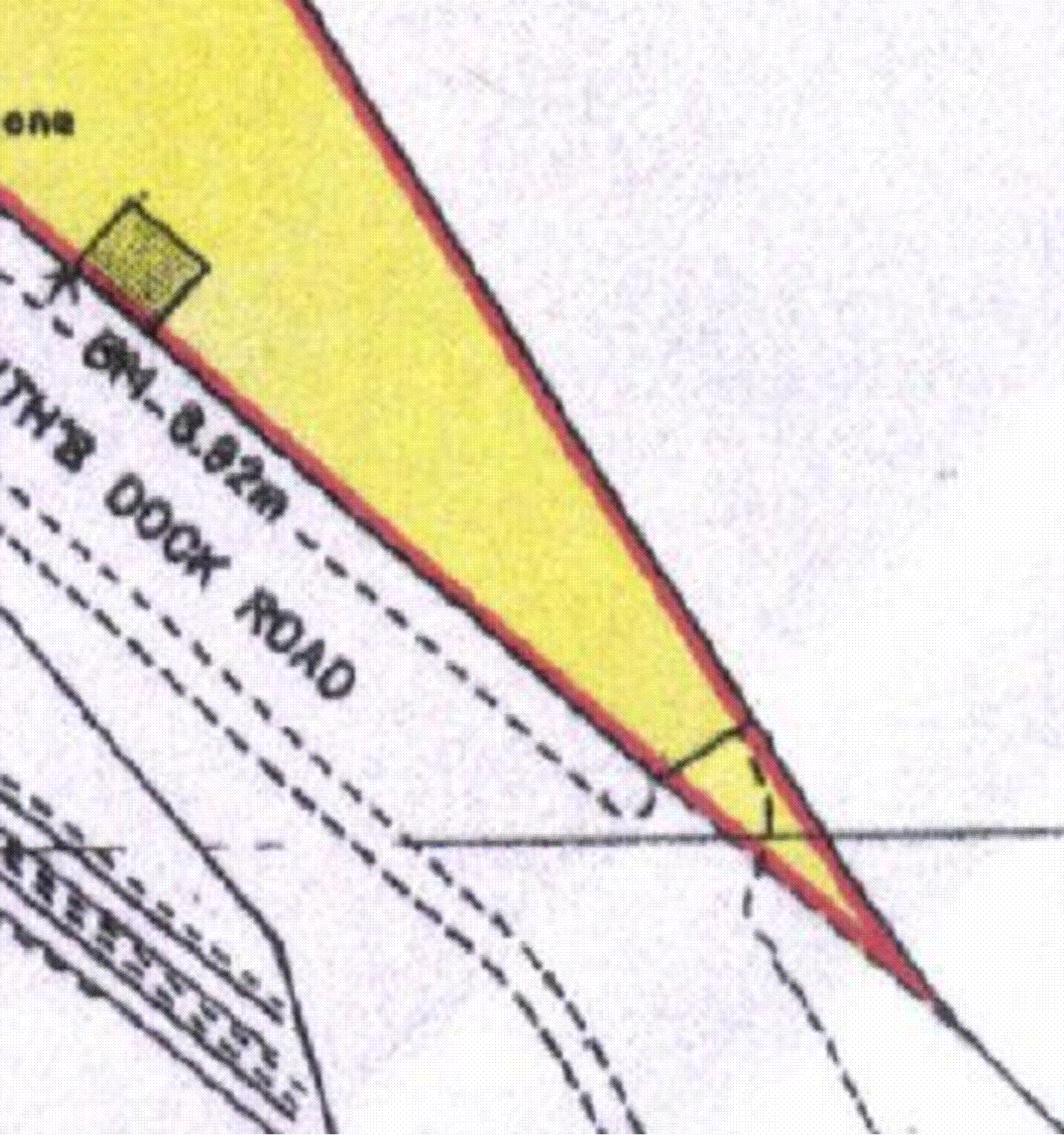| |
|
Page |
| A. |
Introduction |
4 |
| B. |
Overview of the Issues |
7 |
| C. |
The Trial |
9 |
| D. |
Approach to the Evidence |
11 |
| E. |
Historical Context |
|
| |
The Port Authority |
16 |
| |
Land reclamation and the breakwater |
17 |
| |
Industry |
17 |
| F. |
Easements – essential characteristics |
18 |
| G. |
Capacity |
19 |
| H. |
Express and Implied Rights of Way |
|
| H.1 |
Express and implied rights to access South Gare |
|
| |
South Gare and Access Route 6 |
21 |
| |
D's case – a compilation of rights from three deeds |
23 |
| |
The challenge to D's ownership of South Gare |
25 |
| |
The 1891 Deed – Fisherman's Crossing to Point C |
28 |
| |
The 1925 Deed – Points A to B and Points B to C |
30 |
| |
The 1974 Conveyance – a diverted route |
34 |
| |
Conclusion |
38 |
| H.2 |
Implied rights of access to Redcar Quay |
|
| |
Redcar Quay and Access Route 5 |
38 |
| |
D's case – implied rights in the 1971 Conveyance and the 1995 Lease |
40 |
| |
1971 Conveyance – rights to give effect to intended purpose |
41 |
| |
Discussion |
42 |
| |
RBT |
43 |
| |
Conclusion |
44 |
| H.3 |
South Bank – express rights in Swan Hunter Conveyance |
44 |
| H.4 |
South Bank - express rights under the 1964 Deed |
46 |
| H.5 |
South Bank – implied rights under the 1964 Deed |
48 |
| I. |
Prescription |
|
| I.1 |
The relevant law |
50 |
| |
Use |
51 |
| |
Peaceable use (nec vi) |
51 |
| |
Open use (nec clam) |
52 |
| |
Without permission (nec precario) |
52 |
| |
Length of use |
53 |
| |
Burden of Proof |
55 |
| I.2 |
Prescription – Access route 6 to South Gare |
|
| |
Use and period of use |
55 |
| |
Road closures |
57 |
| |
Signage |
58 |
| |
Conclusion – Access Route 6 |
60 |
| I.3 |
Prescription – general use of Access route 1 across South Bank |
60 |
| |
South Bank and Access Route 1 |
60 |
| |
Witnesses |
62 |
| |
Use and period of use |
63 |
| |
Steel beams and earth bund |
65 |
| |
Weighbridge |
67 |
| |
Gates |
67 |
| |
PCM Dispatch Post |
68 |
| |
East Wharf gate |
68 |
| |
Security generally |
70 |
| |
Conclusions on use and period of use (South Bank) |
72 |
| |
Statutory function of D |
73 |
| |
Permission – the 1980 Licence |
75 |
| |
Conclusion – prescription Access route 1 |
77 |
| I.4 |
Prescription – Emergency use of Access Route 1 across South Bank |
78 |
| J. |
The Roundabout and Trespass |
79 |
| |
Conclusion – trespass |
87 |
| K. |
Proprietary estoppel |
87 |
| |
The relevant law |
87 |
| |
Witnesses |
89 |
| |
The assurance |
89 |
| |
Discussion |
94 |
| |
Conclusion |
96 |
| L |
Concluding remarks |
96 |


